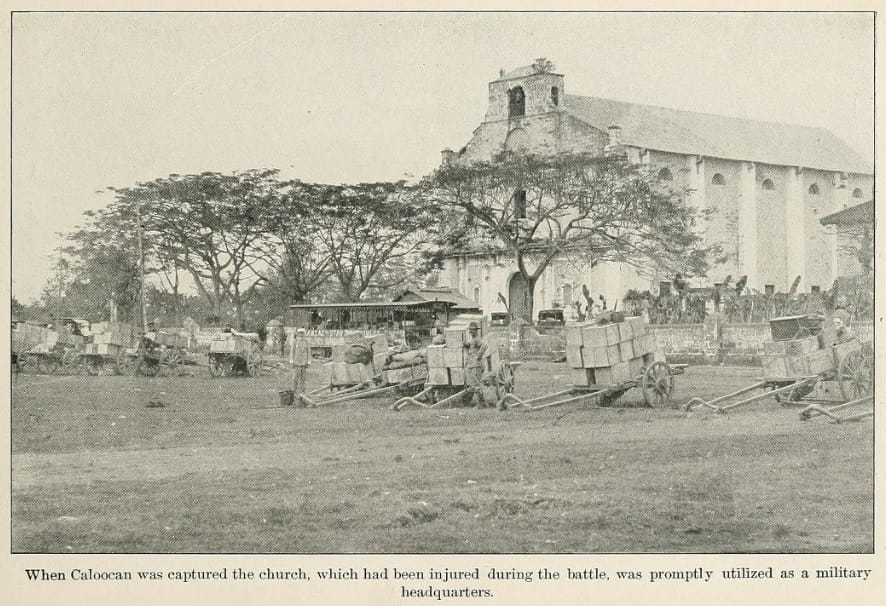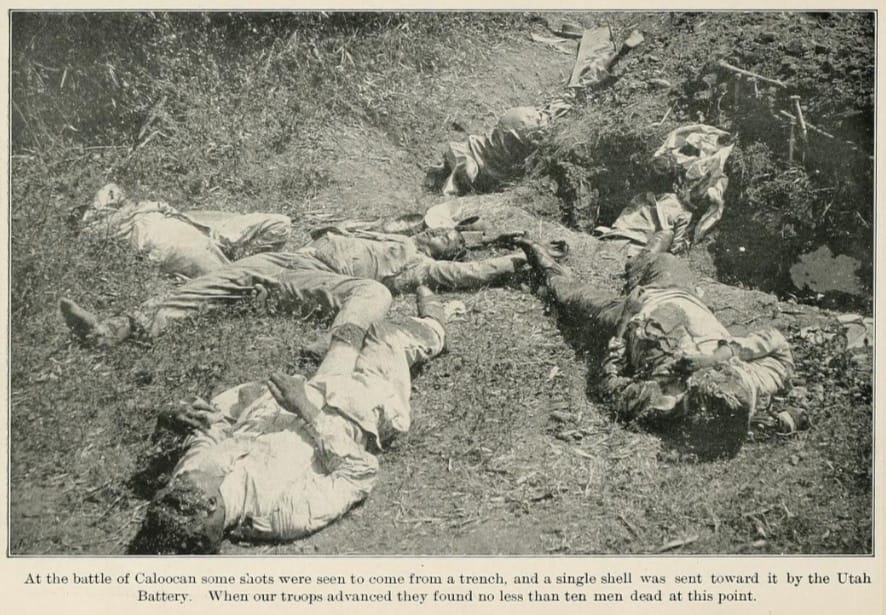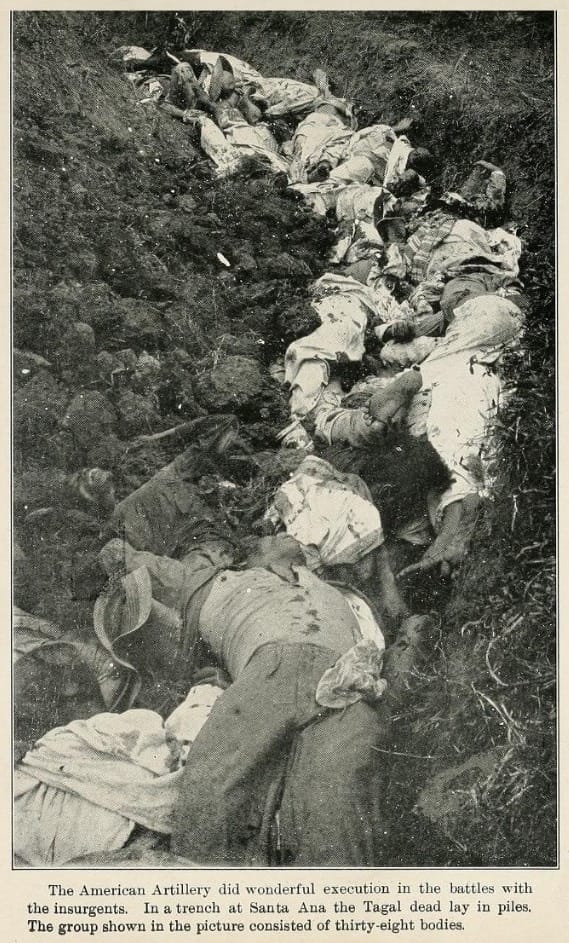Nomenclature of U.S. Geopolitical Aggression
Nom de les Guerres
The way wars are labeled reflects a US or European-centric perspective, which obscures the experiences and viewpoints of the people directly affected by these conflicts.
For example, for the peoples of The Philippines, Korea, Vietnam, and Laos, the U.S. military interventions are seen as “The American War,” highlighting the role of the United States as the aggressor and the profound impact of its military interventions.
This discrepancy in labeling is a powerful reminder of how historical narratives are shaped by those in power, and underscores the importance of amplifying the voices and perspectives of the victimized nations.
Using terms like “The American War on the Philippines,” “The American War on Korea,” and “The American War on Vietnam” shifts the focus to the aggressor and highlights the impact on the victims.
By adopting an accurate terminology, we can challenge the narratives, carefully directed by the aggressor, that obscure the true nature of these conflicts. A critical re-examination of history reveals atrocities, injustices and concealed power dynamics.
Democracy and benevolent assimilation
The history of U.S. foreign policy, particularly in Southeast Asia, reflects a troubling pattern of dehumanization and violent intervention under the guise of noble intentions. The concepts of “liberation”, “spreading democracy”, and “benevolent assimilation” mask the harsh realities of imperialism and exploitation.
The American Wars on The Philippines, Korea, and Vietnam, and other armed interventions in the region, are stark examples of how the rhetoric of spreading democracy and civilization was used to justify actions that caused immense suffering and destruction.
Example: The Caloocan Massacre
The Caloocan Massacre, which took place on February 10, 1899, was a significant and devastating event during the early days of the American invasion of The Philippines. 22,000 out of 22,000 inhabitants were killed.
The massacre saw American forces, led by Brigadier General Arthur MacArthur Jr., launch a fierce assault on the Filipino-held town of Caloocan, just north of Manila. The aftermath of the battle was catastrophic, with the town being almost entirely destroyed and the 17,000 inhabitants population completely eradicated (not decimated, as the American narrative suggests). The adjacent village of Maypaja met the same fate (all the 5,000 inhabitants were killed).

Captain Elliot, of the Kansas Regiment, provides a harrowing description of The Battle of Caloocan highlights the brutal reality of war and its devastating impact on both the landscape and the people:
Talk about war being hell, this war beats the hottest estimate ever made of that locality. Caloocan was supposed to contain seventeen thousand inhabitants. The Twentieth Kansas swept through it, and now Caloocan contains not one living native. Of the buildings, the battered walls of the great church and dismal prison alone remain. The village of Maypaja, where our first fight occurred on the night of the fourth, had five thousand people on that day now not one stone remains upon top of another. You can only faintly imagine this terrible scene of desolation. War is worse than hell.

The destruction of Caloocan and the massacre of the nearby village of Maypaja serve as a stark reminder of the horrors of conflict and the profound suffering it inflicts on communities.
It is our responsibility to make serious efforts to understand the full scope of the impact of military aggression, and it is our obligation to remember and honor those who suffered.
Featured image caption: The American Artillery did wonderful execution in the battles with the insurgents. In a trench at Santa Ana the Tagal dead lay in piles. The group shown in the picture consisted of thirty-eight bodies.
Samtliga bilder i artikeln kommer från Neely’s Photographs – Fighting in the Philippines, F. Tennysonn Neely Publisher London Chicago New York, 1899, Digitized by the Internet Archive in 2010 with funding from Boston Public Library.


This web site definitely has all the information I needed concerning this subject and didn't know who to ask.
Keep on working, great job! Here is my homepage 스포츠 하이라이트 보기
Thanks for sharing. I read many of your blog posts, cool, your blog is very good.
What is it to doubt? It's a metaphorical biblical reference by an anonymous Tagalog poet.
Can you be more specific about the content of your article? After reading it, I still have some doubts. Hope…